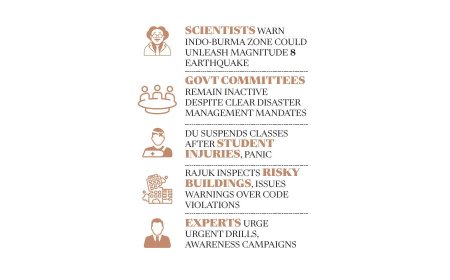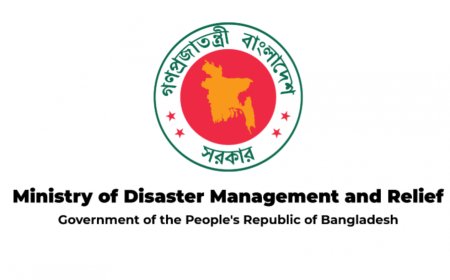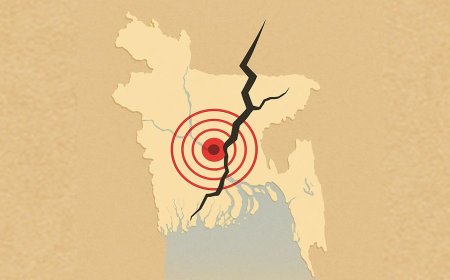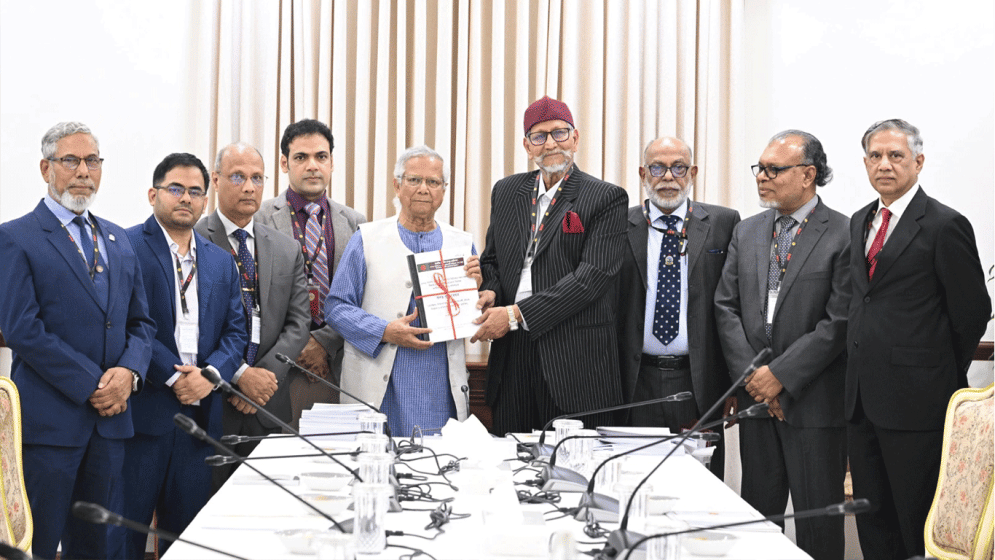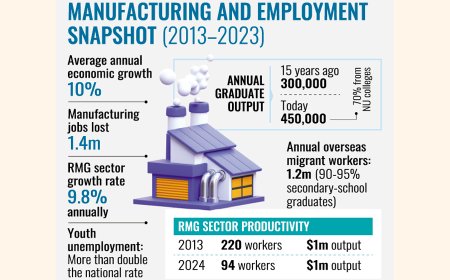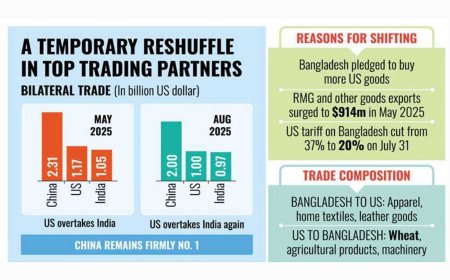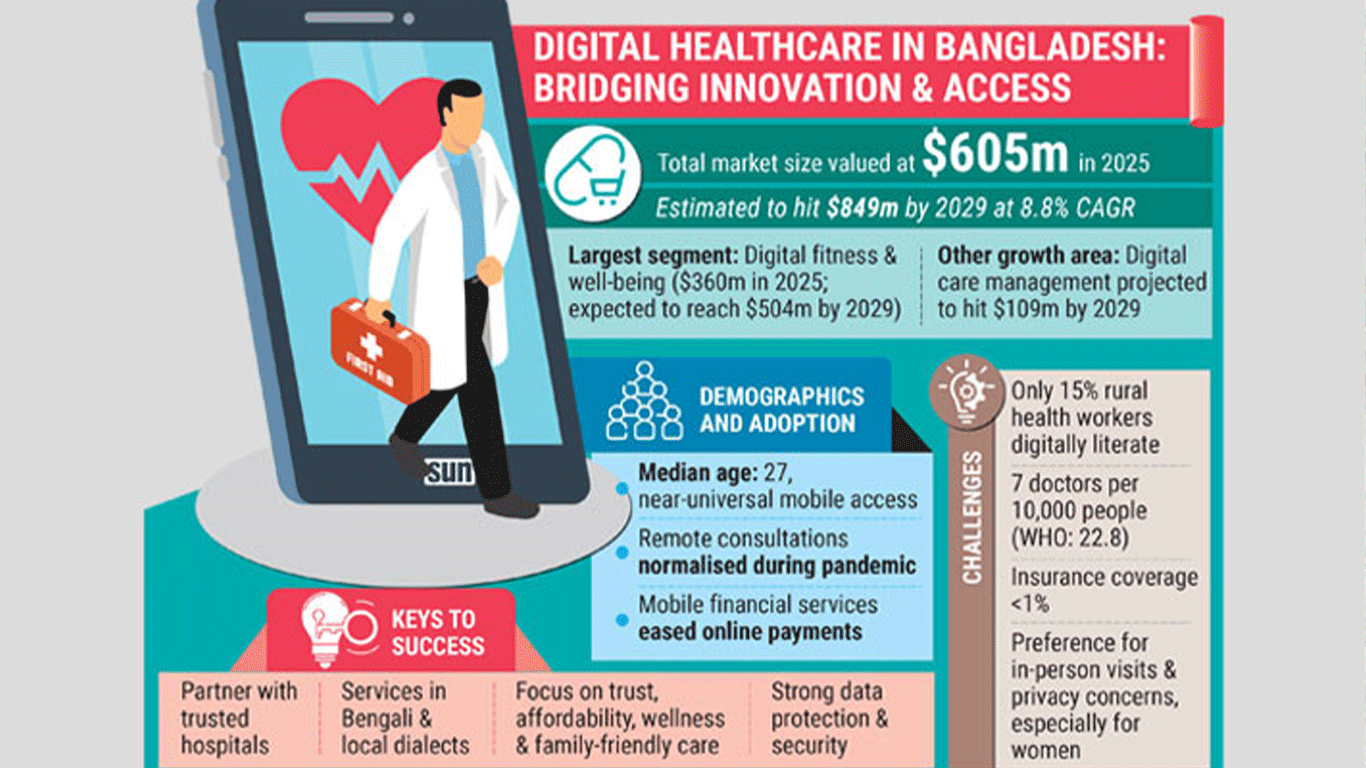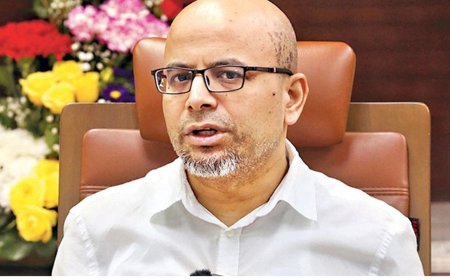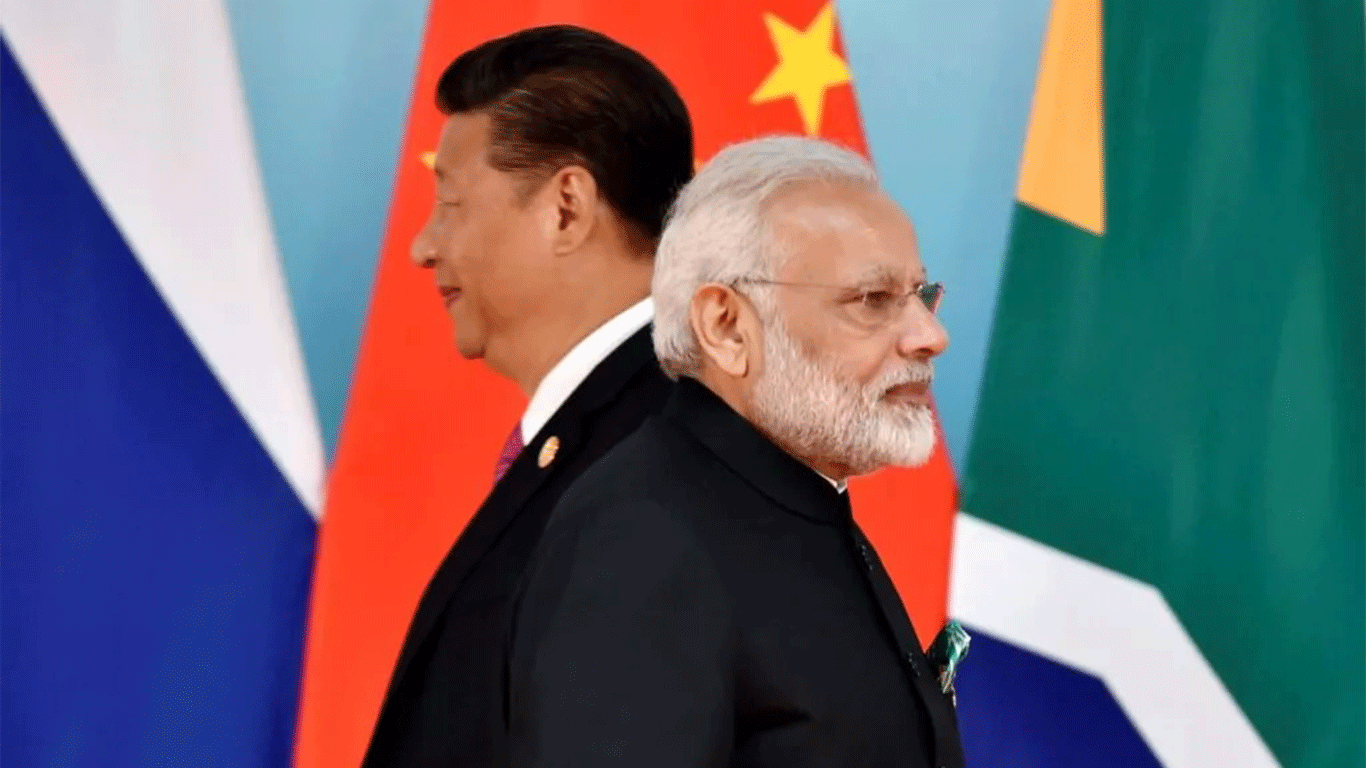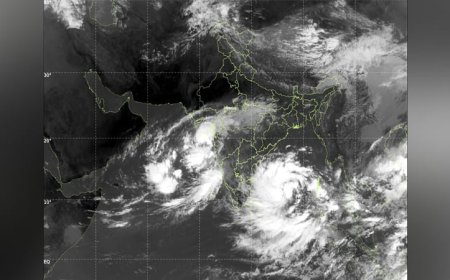Removing the Harm from Takeout
Removing the Harm from Takeout
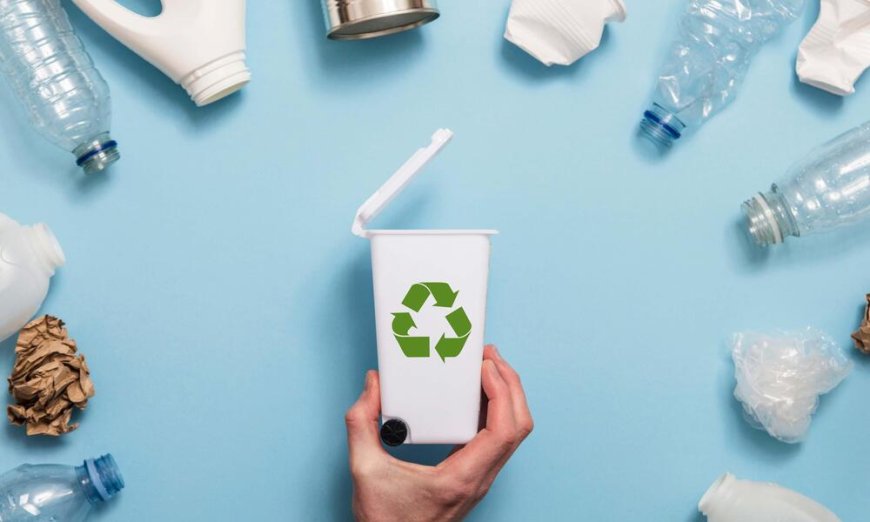
With the shift in the political climate, Bangladesh is filled with renewed optimism. Many citizens have embraced the initial decisions and directives coming from various government ministries, signaling hope for positive change.
One pressing issue that demands attention is Bangladesh’s plastic waste crisis. Each year, the country produces around 800,000 tons of plastic waste, much of which consists of single-use plastics that end up polluting landfills, the environment, and oceans. The recent ban on plastic bags in supermarkets is a promising first step, and there is hope that more measures will follow to further reduce the country’s plastic footprint.
Beyond environmental concerns, the health risks posed by plastics in relation to food are alarming. Plastics contain harmful chemicals and heavy metals that can leach into food and drinks under certain conditions, leading to severe health issues such as cancer, hormone disruption, and developmental problems. The improper handling of plastics in food storage and preparation can result in microplastics entering the food chain, which can have long-term health effects.
Urban Bangladesh has seen a boom in the food industry over the past decade, with food delivery platforms and take-out services becoming increasingly popular. While convenient, these services have also led to a widespread use of unsafe and unhealthy materials in food packaging. Currently, five common materials are used in food packaging for delivery: aluminum foil trays, polystyrene (Styrofoam) clamshell containers, paper cartons with plastic coatings, low-quality plastic containers, and non-food-grade plastic bags.
Of these, the most dangerous are the thin, non-food-grade plastic bags. When hot food is packed into these bags, especially right after cooking, there is a high risk of toxic chemicals leaching into the food. For instance, food packed in polystyrene containers while still hot can cause the release of harmful chemicals, posing serious health risks.
An example of this occurred when my colleagues ordered piaju from a market in Dhaka. The hot piaju was delivered in a blue plastic shopping bag, and some pieces had melted into the plastic at the bottom, having been placed directly from the fryer into the bag.
This careless handling of food packaging by restaurants and delivery services is setting the stage for a potential urban health crisis that can be avoided with proper oversight and initiative. Both restaurants and delivery platforms must take responsibility for using safe, food-grade packaging. Consumers, too, have a role to play by demanding safer practices from the establishments they frequent.
Food delivery platforms, in particular, could make a significant impact by requiring restaurants to adopt approved packaging standards and phase out harmful plastic containers. As these platforms already monitor food hygiene standards, implementing packaging regulations would be a logical and necessary step.
This shift could also be an opportunity for restaurants and delivery services to market themselves as more health-conscious, appealing to customers who value safety and sustainability.
While plastic-alternative packaging options are still limited, they are slowly becoming available. However, policy support is needed to help innovators bring these alternatives to market and compete with harmful plastic products.
As the food industry in our cities continues to grow, we must ensure that the convenience and excitement of takeout and delivery do not come at the cost of public health. It is essential to prevent these harmful toxins from silently entering our food systems.
Sajedul Hoq is a development professional with 22 years of experience.
What's Your Reaction?




















